Self-Defense
Learn practical self-defense techniques and strategies to enhance your personal safety and confidence.
In a world that’s constantly changing, understanding self-defense can be a viable part of ensuring personal safety and confidence. While it’s important not to live in fear, knowing how to protect yourself and your loved ones can be empowering.
Self-defense isn’t about aggression; it’s about preparedness and mindset. Being aware of your surroundings, using de-escalation techniques, and knowing basic defense moves can make a difference in various situations. Let’s explore these aspects in depth.
Understanding the Mindset
An essential part of self-defense is mental preparation. Approach situations with a calm and aware mindset. Being present and mindful can help you stay one step ahead.
Situational awareness is about recognizing potential threats early on. Pay attention to your surroundings, identify exits, and trust your instincts. If something feels off, it might be wise to remove yourself from the situation.
Non-Physical Self-Defense
Not every self-defense scenario needs to become physical. Learning how to de-escalate a situation is crucial.
-
Verbal Techniques: Use assertive language and a firm tone. Express boundaries clearly, but respectfully. Sometimes, just speaking with confidence can deter a potential aggressor.
-
Conflict Avoidance: When possible, avoidance is the first step in self-defense. This could mean steering clear of risky areas or leaving a situation before it escalates.
Basic Physical Techniques
If a situation turns physical, some basic self-defense techniques can be useful. Remember, the goal is to create an opportunity to escape safely.
1. Breaking Free from a Hold:
If someone grabs your wrist, use your other hand to find a point of leverage by grasping their wrist or arm and pulling away towards the weakest part of their grip (usually the thumb-side).
2. Kicks and Strikes:
Target vulnerable areas like the knees, groin, eyes, and throat. A well-aimed kick or strike can create an opening for you to run.
3. The Power of Sound:
Yell loudly to attract attention. It can scare off an aggressor and alert others nearby that you need help.
Tools for Self-Defense
Some people feel more secure carrying tools designed for self-defense.
- Personal Alarms: These can draw attention and surprise an attacker.
- Pepper Spray: Effective at creating a way to escape, but check local laws regarding possession.
- Keychain Tools: Small devices or weapons which are easy to carry and can assist in self-defense situations.
Training and Practice
Consider taking self-defense classes. Krav Maga, Brazilian Jiu-Jitsu, and other martial arts teach useful techniques and build confidence. Realistic practice can help your body react faster and more naturally during a confrontation.
Resources to Consider:
- Local community centers often offer classes at a reasonable price.
- Online tutorials and courses can provide foundational knowledge.
Legal and Ethical Considerations
Understanding the legal ramifications of physical self-defense is important. The law can vary greatly depending on your location. Research the local laws to ensure you know your rights.
Ethically, remember that self-defense should be proportionate to the threat. The primary goal is escape, not to cause harm.
Conclusion
Self-defense is not just about physical confrontation; it encompasses awareness, mindset, and prevention. While it’s important to be prepared, it’s equally vital to approach this subject quietly and thoughtfully. Understanding self-defense helps build personal confidence and security.
For further reading, consider books like “The Gift of Fear” by Gavin de Becker, which discusses the power of intuition in personal safety.
Empower yourself with knowledge and practice and carry it with humility. After all, the essence of self-defense is to protect and only when necessary.
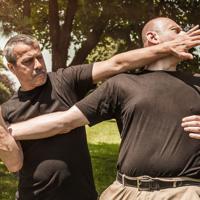
Discover fundamental self-defense techniques that can enhance your personal safety and confidence.
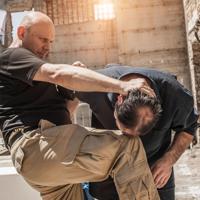
Learn essential self-protection strategies with personal defense techniques. Discover effective self-defense methods for personal safety.
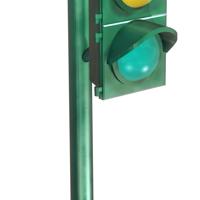
Learn how to improve your situational awareness to enhance your personal safety and confidence in everyday environments.

Learn essential home preparedness strategies to ensure safety and security during emergencies.
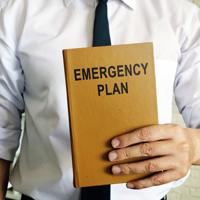
Learn how to effectively prepare for emergencies, covering assessments, family plans, and essential kits to ensure resilience in any disaster.
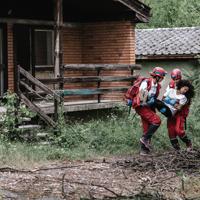
This page explores vital survival skills, emphasizing the importance of mental preparedness, shelter construction, and effective water purification methods.

Learn about essential home security measures to protect your family and belongings.

Learn essential skills and knowledge for thriving in a city during challenging circumstances. Urban survival techniques and strategies.